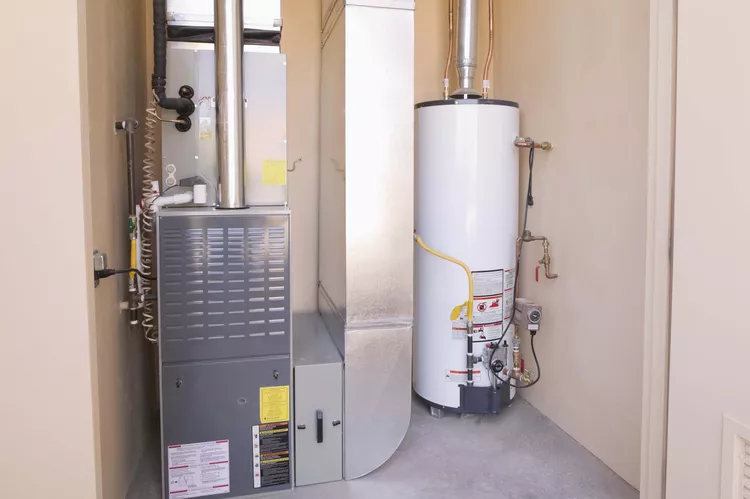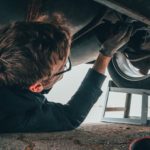Your furnace’s functional life has probably ended if it is 20 years old or older. Switching to a more energy-efficient new model could save money on utility, repair expenses, and maintenance fees.
If your utility costs have recently seen an unexpected jump above any energy company rate increases, it may be time to upgrade your furnace. Other telltale signs may include foul odors, rusting, and uneven heating throughout your home.
How about swapping out your two-decade-old furnace? For more important details about why it’s time to upgrade, click here.
Cost
Furnaces may malfunction at any point, though their failure is more likely when reaching the end of their useful lifespan. It can be costly and inconvenient if it happens on a cold winter evening.
The expense of furnace maintenance can mount up rapidly, so rather than keeping up with repairs, switching to an energy-efficient heating system might be less costly. Furthermore, replacing your old furnace may result in lower energy bills!
An average 20-year-old furnace typically has an AFUE (annual fuel utilization efficiency) rating below 78%, meaning it wastes more than 22% of the energy it uses and wastes your money by doing so. Upgrading to a new furnace could save money and energy consumption costs in your home.
Recent furnace models are much more energy-efficient than older models, helping you reduce energy costs – beneficial with rising energy prices.
If the cost of purchasing and installing a furnace is an issue for you, government programs offer assistance with installation and repair expenses. But be sure to hire a professional installer since installing a new furnace requires specialized tools and experience.
Energy Efficiency
Your old furnace may produce heat less efficiently than before, wasting fuel or overworking itself and driving up energy costs every month. Or it could be short cycling – which wastes gas and money!
It’s obvious when your house has hot and cold zones that a replacement furnace is needed. An inefficient heating system cannot meet your thermostat requirements and could leave your family uncomfortable in their own space.
One sure sign it’s time for a replacement is when frequent furnace repairs become necessary – they can both be expensive and ineffective.
Replace your old furnace if you are experiencing increased utility costs. While rising fuel prices may be the cause, it would be advisable to invest in new technologies rather than sticking with what has previously worked if your gas bills are increasing unexpectedly without any explanation from your energy provider.
Carbon monoxide poisoning has even been known to kill; cracks in its heat exchanger could allow carbon monoxide to leak into the home unnoticed; this should never be ignored!
Lifespan
Though it can be tempting to keep using an older furnace as long as possible, doing so usually leads to more costly repairs in the form of replacement costs and maintenance expenses. A better option would be acquiring an energy-efficient furnace that quickly pays for itself throughout only one or two heating seasons.
Furnaces gradually lose efficiency over time; if yours has passed 20 years, it may be wise to replace it. If some rooms in your home seem colder or warmer than others, it could indicate how well-distributed heat has been across all rooms.
A new furnace can significantly enhance the indoor air quality in your home, which is especially essential if anyone in your household suffers from asthma or allergies. A furnace will help clean and moisturize the air inside your house for healthier, more comfortable living.
Safety
At the end of its lifespan, furnaces can begin to malfunction frequently and randomly – usually on those cold winter nights when heat is needed most. Unfortunately, furnace companies no longer produce parts for older models, so it may be hard to source replacements if yours requires repairs.
An additional concern regarding furnace breakdown is its potential safety hazard. Old furnaces tend to produce cracks in their heat exchangers that allow carbon monoxide into your home; this dangerous gas cannot be detected through smell or taste detection and must be sealed away with tight seals and durable heat exchangers.
Newer models should provide greater safety from this threat due to tightly sealed heat exchangers that are more likely to provide reliable protection.
It could be time for an upgrade if your furnace breaks down frequently. If its repairs become more expensive than its purchase cost, now would be an opportune moment to shop around for a new furnace while prices remain competitive and grab a great deal.
If the temperature in different rooms of your house fluctuates despite using the thermostat, this could be an indicator that your furnace cannot meet thermostat demands or no longer push warm air evenly through your home. It would be prudent to purchase a new furnace in such cases.
Related Posts












